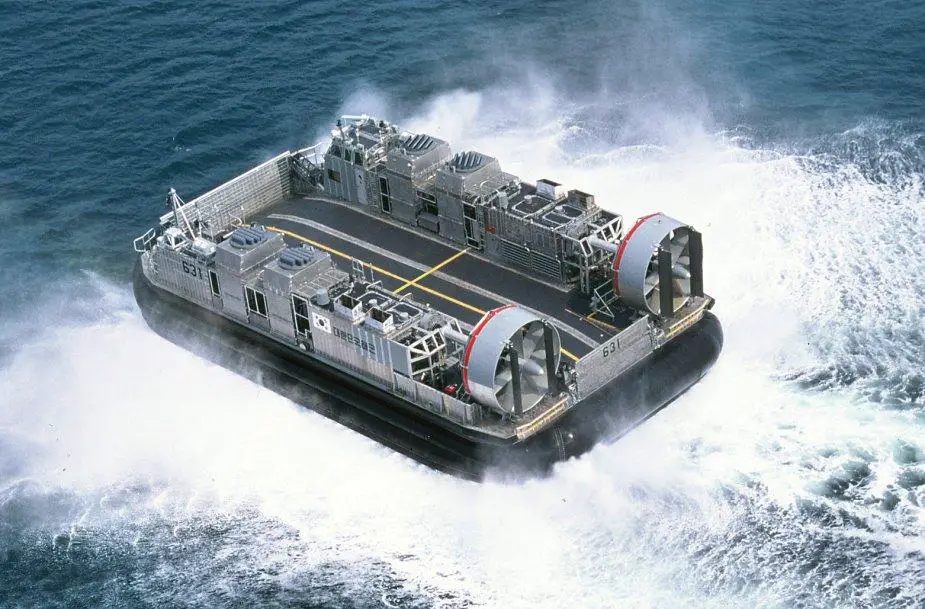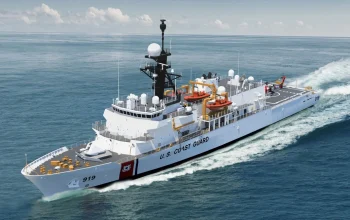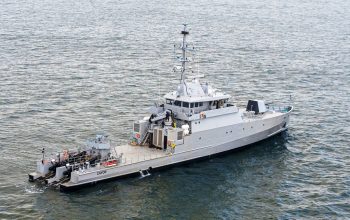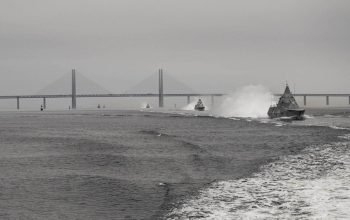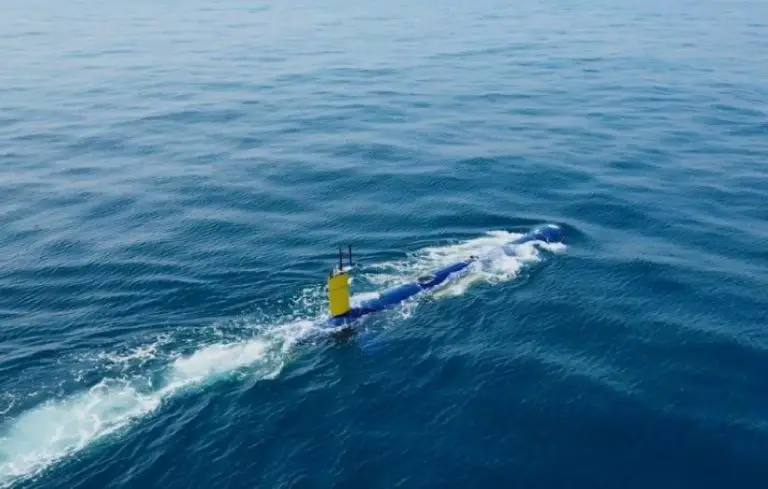The South Korean Defense Acquisition Program Administration (DAPA) launched the third and fourth Solgae-class high-speed landing craft (LSF-II) at Hanjin Heavy Industries & Construction in Busan. The Solgae-class LCAC because of the name of lead ship, is an air-cushioned landing craft (LCAC) designed for the Republic of Korea Navy, by Hanjin Heavy Industries, to operate from ROKS Dokdo and future Dokdo-class amphibious assault ships. This project during development that known as the LSF-II or Landing Ship Fast – II. The New Solgae-class LCAC launched on this day will go through a trial run evaluation period, complete the electrification process in early 2023.
The Solgae-class high-speed landing craft (LSF-II) can carry a maximum load of 55 tons, land on hostile beaches doing 40 knots and it can climb at up to 6 degrees. The engine can be operated at an average speed of 40 knots (about 74 km per hour) using a gas turbine. The high-speed landing craft has the advantage of being able to manoeuvre at high speed not only at sea but also in low-water depths or tidal flats, as it moves in the air-floating method by blowing buoyancy air into the skirt (air bag) to keep the ship afloat. Air cushion provides greater speed and flexibility over traditional landing craft.
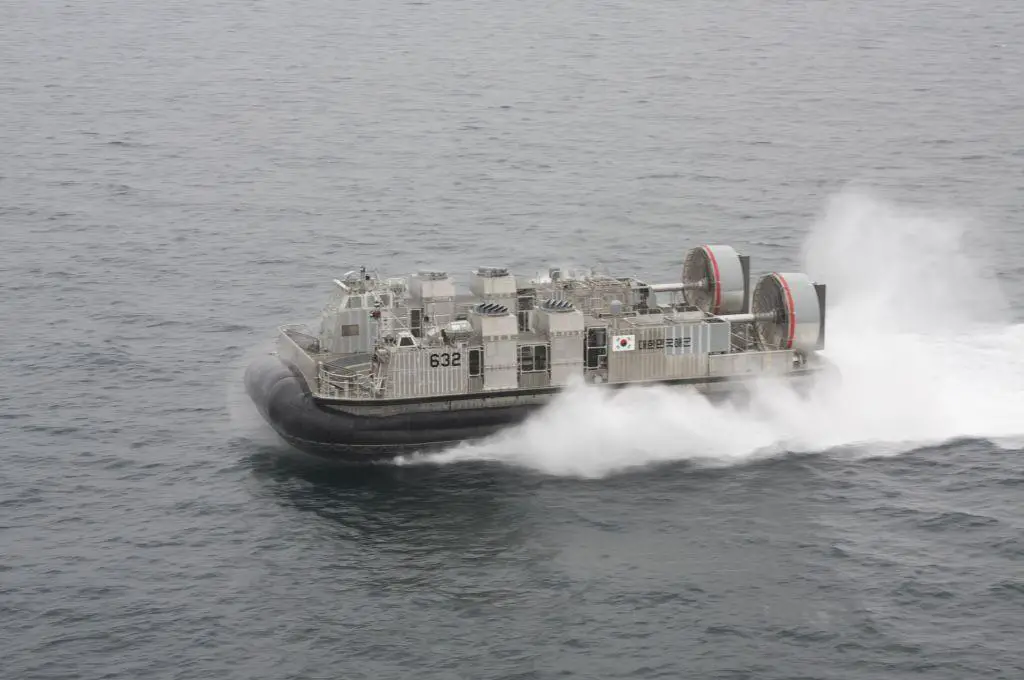
An air-cushioned landing craft, also called an LCAC (landing craft, air cushioned), is a modern variation on the amphibious landing boat. The majority of these craft are small- to mid-sized multi-purpose hovercraft, also known as “over the beach” (“OTB”) craft. This allows troops and material to access more than 70 percent of the world’s coastline, while only approximately 15 percent of that coastline is available to conventional boat-type landing craft. Typical barriers to conventional landing craft are soft sandy beaches, marshes, swampland, and loose surfaces.
The launch of the high-speed amphibious craft is very meaningful in that it helps the amphibious forces make a safe landing and adds a strong amphibious force that enables division-level high-speed amphibious operations. The high-speed landing craft is about 28 meters long, 14.5 meters wide, about 8 meters high, and has a light tonnage of about 100 tons, and is armed with a 12.7 mm machine gun. The crew cockpit carry three crew and a landing-force commander. The LCAC can also carry, in addition to troops, a main battle tank or two amphibious assault vehicles. It has been offered for export to foreign navies.


